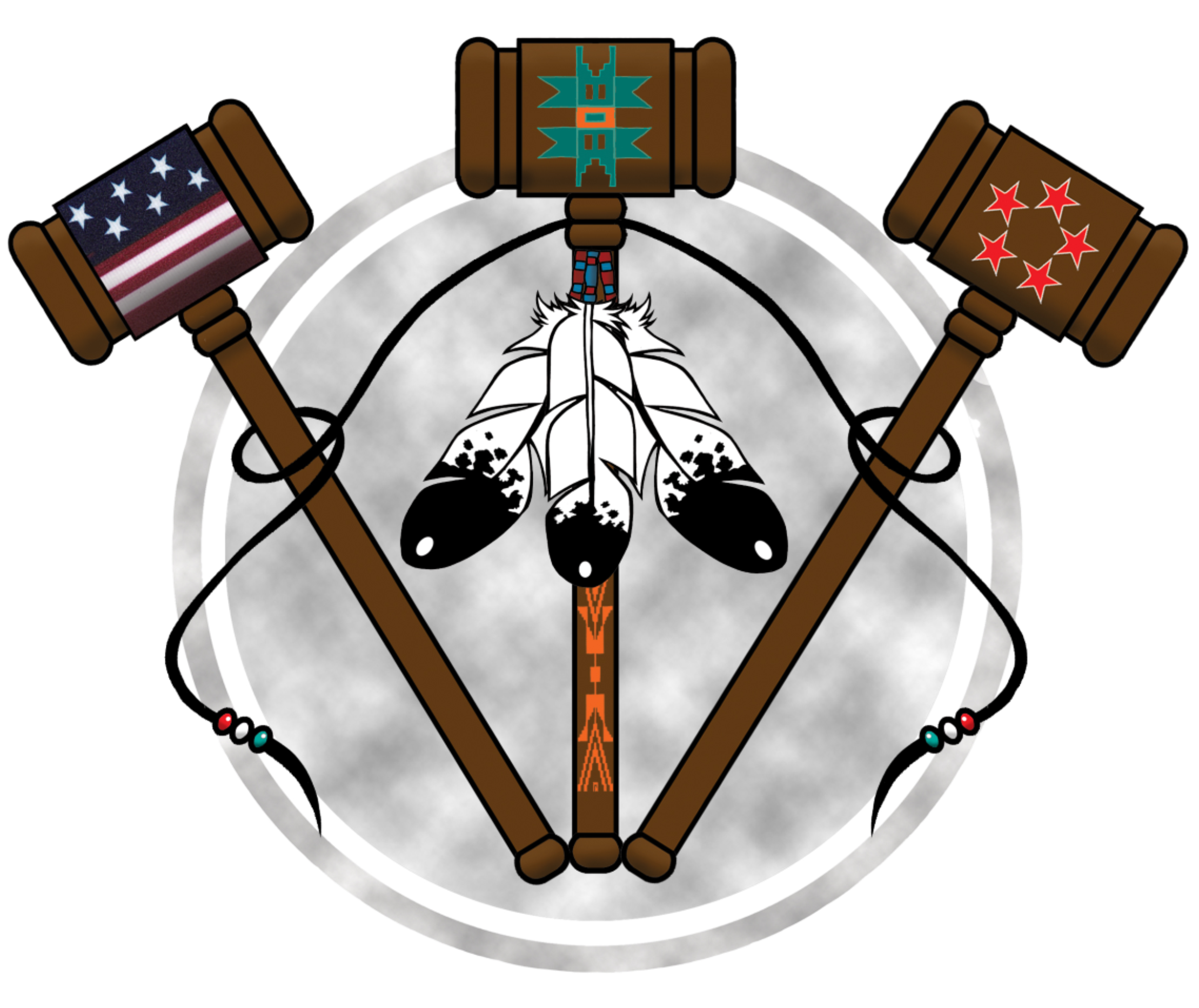The articles are a collection of articles that focus on tribal-state-federal-local collaborations:
Tribal-State Relations: Michigan as a Case Study (2009) by Matthew Fletcher, Alicia Ivory, Adrea Korthase, Sheena Oxendine. Michigan State University conducted a study of what became an oral history of modern Michigan tribal-state relations under a contract with the National Congress of American Indians. Students interviewed many of the major players in Michigan tribal-state relations from the 2000s and before.
The Commission on State-Tribal Relations: Enduring Lessons in the Modern State-Tribal Relationship (2012) by Tassie Hanna, Sam Deloria, and Charles E. Trimble. This article, written by the founders of the Commission on State-Tribal Relations, traces the historical development of a new approach to state-tribal relations in the 1970’s, during a time of heightened tension between state and tribal governments.
Waves of Education: Tribal-State Court Cooperation and the Indian Child Welfare Act (2012) by Kathryn Fort. Published in the Tulsa Law Review, this article focuses on the relationship and agreements between tribal and state judicial systems in Michigan. In tracing that work, the article demonstrates the cyclical nature of tribal-state court relations, and the way the welfare of Indian children binds together tribal and state judicial systems, regardless of either side’s participation.
State and Tribal Courts: Strategies for Bridging the Divide (2011) is a publication from the Center for Court Innovation that provides a history and examples of specific initatives, experiments and collaborations between tribal and state courts.
A special edition of the Center for Court Innovation’s Law Journal (2011) on tribal justice has many articles addressing collaboration issues.
Reassessing Concurrent Tribal–State–Federal Criminal Jurisdiction in Kansas (2011) by John J. Francis,Stacy L. Leeds, Aliza Organick, & Jelani Jefferson Exum. Federal Indian Law is frequently described as a jurisdictional quagmire.1 Depending on the unique history of a given tribe, the extent to which the tribe has retained a territorial boundary or contiguous land base, and depending on a tribe’s geographic location, a different mix of exclusive or concurrent tribal, state, federal jurisdiction will result Moreover, the practical realities on the ground often result in one sovereign entity exercising more or less power than the law on the books might otherwise suggest.
Culture Card: A Guide to Build Cultural Awareness: American Indian and Alaska Native (2010) was developed by the Substance Abuse and Mental Health Services Administration (SAMHSA). This helpful and user friendly guide for is meant for non-Native service providers working in Indian country. SAMHSA’s “Culture Card: A Guide to Build Cultural Awareness: American Indian and Alaska Native”offers a basic orientation to American Indian and Alaska Native culture in the form of a publication the size of a playing card that folds out like a map. The card is meant to be a starting place for information, and should be followed by seeking out someone who can orient you to the specifics of the particular tribe or community you are working with. To download the publication or order free copies, go to: https://store.samhsa.gov/product/American-Indian-and-Alaska-Native-Culture-Card/sma08-4354
Consultation with Indian Nations (2001) by American Indian Development Associates highlights successful strategies that define the unique government-to-government relationship that exists between the Indian nations and the U.S. government.
Improving the Relationship Between Indian Nations, the Federal Government, and State Governments (2000), by Jerry Gardner. In order to effectively address criminal justice issues in Indian country and services for victims of crime in Indian country, it is vital that productive efforts are made to improve the relationship between Indian Nations, the federal government, and state governments. The first step required in any effort to improve these relationships is an understanding and recognition of the unique sovereign status of Indian Nations. Second, contemporary problems in the relationship between these governments should be examined. Third, recent examples of efforts to improve the relationship between these governments should be reviewed. Then, the potential use of written cooperative agreements – such as Memorandums of Understanding (MOUs) – to improve the relationship between these governments should be examined. Finally, practical tips for developing and implementing written cooperative agreements should be reviewed.
Concurrent Tribal And State Jurisdiction Under Public Law 280 (1998), by Vanessa J. Jiménez and Soo C. Song
Every nation’s survival and self-governance hinges on its ability to maintain law and order and secure “comfortable, safe, and peaceable living” among its citizens. Indian nations are no different. Tribal governments need to maintain an adequate measure of justice and peace among their members if they are to survive and develop as viable entities. Tribal justice systems, including tribal courts and law enforcement, are essential institutions of tribal self-government. Currently, many tribal justice systems—widely varied in their relative sophistication and form—find themselves at a pivotal point in their development. Although increasing in number and prominence, uneven political, legal, and financial support impedes the ability of many tribal justice systems to function in full parity with state and federal systems …
Resolving State – Tribal Jurisdictional Dilemmas (1995), by Stanley G. Feldman and David L. Withey
As a project of the Conference of Chief Justices is demonstrating, it is possible through communication and cooperation to minimize jurisdictional problems between state and tribal courts.
Multiple Sovereignties: Indian Tribes, States, and the Federal Government (1995), by Judith Resnik
Although often unrecognized, three entities within the territory that constitutes the United States – Indian tribes, states, and the federal government – have forms of sovereignty. The rich and complex relationships among these three sovereignties need to become integrated into the discussion and law of federalism.
Morisset, Schlosser, Ayer, & Jozwiak has a series of papers on Indian Law, including Enforcing Tribal Court Judgments in State Court: Three Perspectives (1994), by Kyme Allison McGaw (September 1994).
